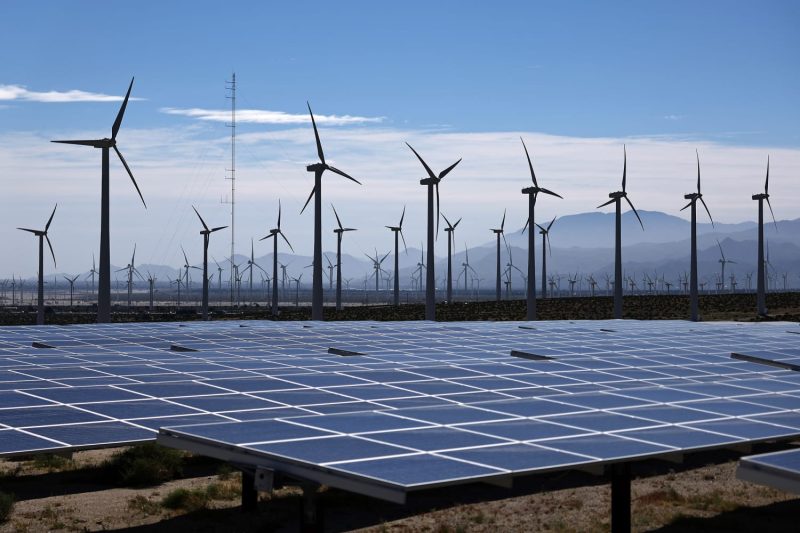As we move into a more technologically dependent era, electricity and energy consumption have been skyrocketing. The worrisome impact of this rise in usage is the increasing carbon emissions, which contribute massively to climate change. However, with the power sector undergoing a considerable transition, renewable energy demand could triple as electricity consumption surges.
In recent years, renewable energy has been particularly standing out due to its significant advantages over conventional fuels. The relentless and irresponsible exploitation of fossil fuels has led to severe environmental consequences. With deemed climate change’s adverse effects, the necessity of a clean, responsible, and sustainable energy source has become dire than ever.
The upsurge in renewable energy usage happens as a response to the surge in electricity usage and the need for a sustainable, environmentally friendly alternative. Renewable energy sources like solar, wind, hydro, and bioenergy are amongst the most popular and widely utilized. With the fast-developing technologies, the efficiencies of renewable energy resources are continually improving.
Increased electricity consumption can lead to soaring demands for renewable energy for a few reasons. Firstly, the urgency and emergency of climate change have been globally recognized and responded to. Consequently, many nations, organizations, and individuals have been shifting from traditional energy sources to renewable energy resources in efforts to cut carbon emissions and mitigate climate change.
Secondly, many technological advancements, even in renewable energy sources, may encourage their use. For instance, the development of batteries that can store more energy cheaply could make renewable energy, such as wind and solar power, more reliable. Advancements like smart grids, energy management systems, and demand-response technologies can support the optimal use of renewable energy too.
Thirdly, the cost of renewable energy has been decreasing. As the cost of building renewable energy facilities falls, renewable energy has become more affordable and thus more appealing.
However, while the prospects look promising, an increase in electricity consumption is not entirely beneficial and could pose some significant challenges. One of such includes the need for a large-scale energy storage solution, as renewable energy is mostly intermittent, i.e., they generate electricity only when the sun is shining or the wind is blowing, and not all the time. The requirement for such a storage solution could escalate due to the rising demand.
Furthermore, the existing power grid may need enhancement or a complete overhaul to handle the increased demand and the increased share of renewable energy. Integrating these power systems can be cost-intensive and time-consuming. It would require both financial investment and policy support from the government.
The surge in electricity consumption is undeniable in the era of digital technology, leading to a tripling demand in renewable energy. While it provides a significant opportunity to pivot away from fossil fuels, it also demands humongous work and careful planning to ensure sustainable and stable energy supplies for the burgeoning needs. This situation reaffirms the importance of continuing to invest in renewable energy technologies, infrastructure, and policies that expedite a complete transition to a renewable-based power system.




